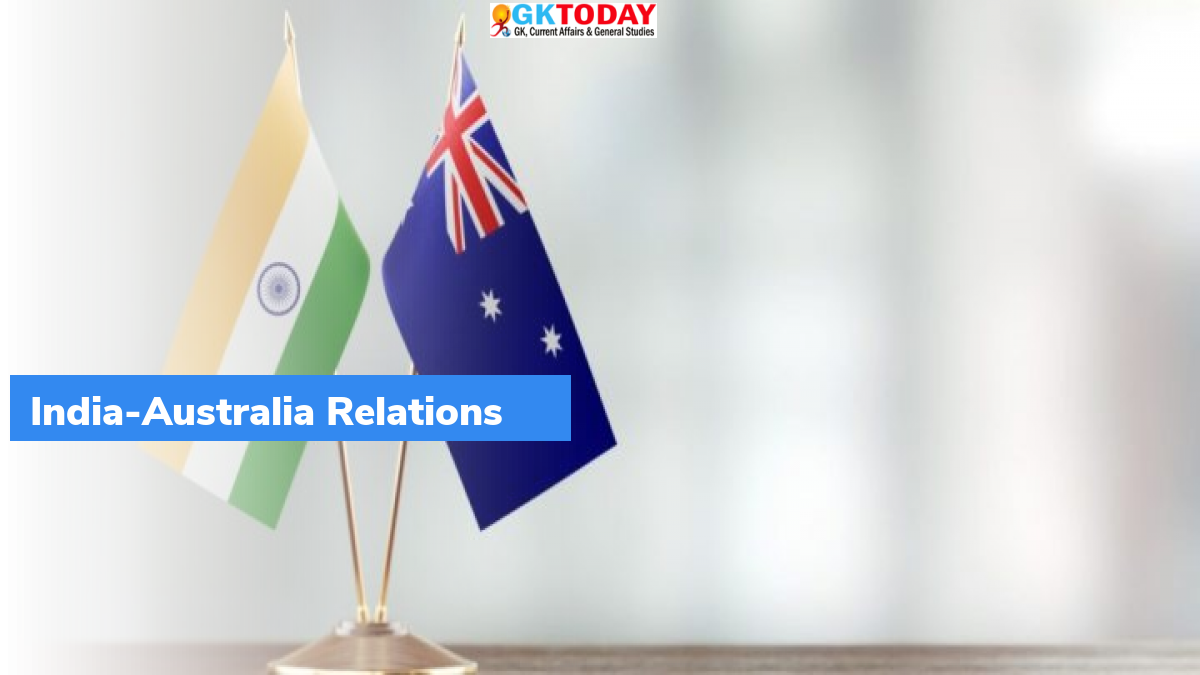India-Australia Early Harvest Agreement
India and Australia have set up an aggressive 30-day timeline for finalising early harvest agreement (EHA), before finalising a full-fledged free trade agreement between both.
Highlights
- Education will be the centre stage of negotiation.
- countries would look at mutual recognition of educational qualifications between both the countries.
- It will be one of the fastest negotiating free trade agreements, ever done by India or by Australia with large economies.
- Australia looking at substantial opportunities in sectors like mining, education, pharma, textiles, and renewables.
Tight deadline of EHA
Both the countries had set a tight deadline to conclude an early harvest agreement, which is a precursor to FTA or Comprehensive Economic Cooperation Agreement (CECA), by December 25, 2021.
Broad based coverage
The deal was signed after reaching a common position in reducing import duties as well as tariff barriers. This deal would help in boosting India’s export capabilities. Confirmation of specific categories constituting these sensitive categories of goods has not been given, but it could mean India has kept dairy items and agricultural items out of early harvest agreement. However, India’s move would be a loss for Australia, which has consistently been asking market access in these two areas.
MoU on tourism
Both the countries also inked a pact in the field of tourism for enhancing cooperation and encouraging the expansion of bilateral relations. Furthermore, India’s finance ministry and treasurer are also trying to resolve a pending issue of investment, which will be a part of the agreement. It will help in encouraging more Indian visitors to Australia as well as capabilities of Australian tourism businesses. Both governments will work with airports and airlines to boost aviation capacity between both the countries.
India-Australia Trade Relations
In financial year 2021, Australia was India’s 15th largest trading partner. Key items of export to Australia were medicines, petroleum products, gold jewellery, polished diamonds, and apparels. While, India imported coal, non-monetary gold and alumina from Australia. In services, major Indian exports were related to telecom & computer, travel and government & financial services, while Australian services exports were in personal related travel and education.
Month: Current Affairs - February, 2022
Category: International / World Current Affairs


